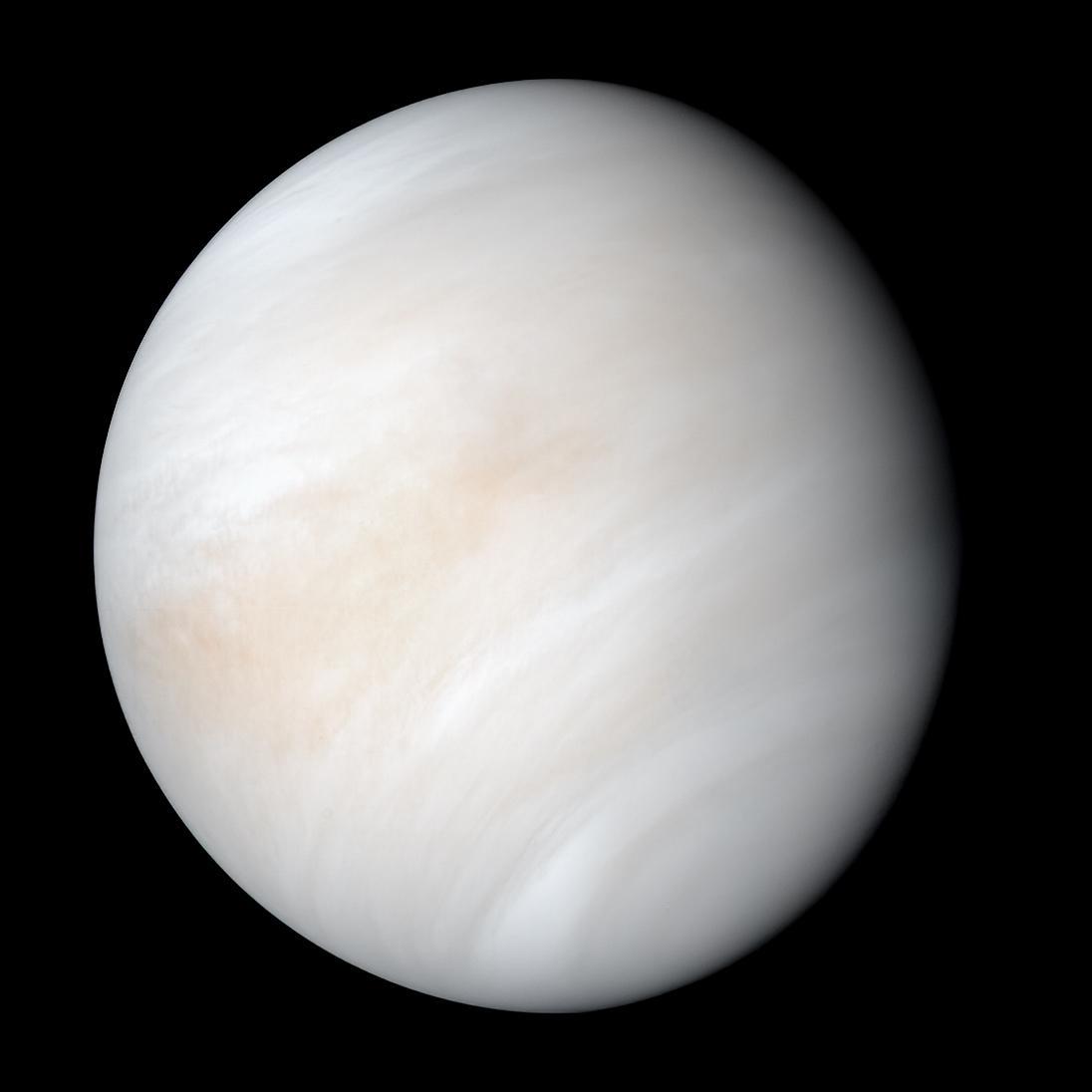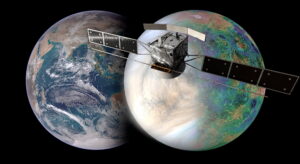
FWF-WEAVE joint Czech-Austrian science project.
This project is funded by the Czech Science Foundation (GACR; Reg. No. 24-12656K) and the Austrian Science Fund (FWF; Grant No. 10.55776/I6857).
Redox Disequilibrium Pairs
Redox Disequilibrium Pairs (RDPs) in planetary atmospheres, such as O2 and CH4, have been proposed as signatures for life. Since Earth’s atmosphere is the only atmosphere with established redox disequilibrium pairs, this claim is difficult to test. Similar claims of redox disequilibriums have been proposed for Mars and Venus, although these claims have been disputed. A clear detection of any of these RDPs in the clouds of Venus or on the surface of Mars would mean a major leap forward in our quest to detect extraterrestrial life.
Significant experimental and theoretical work has already been done to test abiotic sources of RDPs on Mars, but comparatively little has been done so far to explain RDPs on Venus, and none of these investigations have been experimental. This bilateral project will be the first of its kind to perform combined experiments, data analysis and model simulations to test potential RDPs in the atmosphere of Venus.
The VeReDo team of scientists has all the tools and skills to test these claims, from the laboratory equipment to well-established simulation tools to model the Venusian atmosphere and its evolution. At least two approved future missions to Venus – EnVision and DaVinci – will be able to search for these RDPs. Our involvement in these space exploration missions will provide excellent and timely opportunities to check and verify our conclusions.
Scientific Background and Our Objectives
Upcoming exploration of Venus will involve several different space missions: DAVINCI, VERITAS, EnVision, and the Venus Life Finder (VLF) Mission, the latter dedicated to searching for life in the clouds. Our Prague team is involved in developing the VenSpec instrument for ESA’s EnVision mission and has connections with the Venus Life Finder and the DAVINCI Missions. Many of these missions are motivated by a claimed detection of biosignatures, such as NH3 and O2 in past in-situ measurements and the ground-based detection of a spectral feature attributed to phosphine (PH3). At the same time, the search for biosignatures on Mars, the icy moons, and exoplanets is nearly underway, and many of the searches target RDPs, since their biotic sources are known and abiotic sources are considered implausible.
To test claims about RDPs or any biosignature gas requires comparing fluxes of the biosignature gas based on known biotic and abiotic processes to the lifetime of the gas in the atmosphere. Such a comparison can be used to test whether known processes can explain the observed atmospheric concentration of these gases. This is the methodology for assessing the claim that PH3 on Venus cannot be explained by known abiotic processes and has been used to predict tracers of other physical processes in the atmospheres of other planets.
Our research objectives are
- To set up experiments that might demonstrate that hydrides such as PH3 can be produced from phosphorus-bearing compounds on the surface of aerosol particles with adsorbed acids by irradiating them with UV light.
- To put this mechanism into the atmospheric context of Venus by adding the effective rates of these processes into our chemical models for the whole atmosphere, from the dry and rocky surface up to the UV-irradiated upper layers which contain the cloud particles.
- To study this mechanism in the evolutionary context by considering that Venus might have once had an ocean similar to Earth, and by evaluating water escape from Venus as the Sun became more luminous.
Our Team in the European EnVision Mission to Venus

EnVision is a European Space Agency (ESA) mission designed to study Venus’ geological evolution, atmosphere, and interior processes. The mission aims to investigate how Venus evolved so differently from Earth, whether it is still geologically active, and how its surface-atmosphere interactions shape the planet’s long-term climate. EnVision will carry a suite of instruments, including radar, infrared spectrometers, and atmospheric sensors, to analyze Venus from orbit with unprecedented detail.
A key component of EnVision’s payload is the Venus Spectroscopy Suite (VenSpec), a set of three complementary spectrometers designed to study the planet’s atmosphere and surface. Among them, VenSpec-H (High-Resolution Infrared Spectrometer) is dedicated to measuring key atmospheric gases in the lower layers of Venus’s atmosphere, detecting volcanic activity, and assessing surface mineralogy through its interaction with atmospheric chemistry. The Czech team contributes to the construction of electronic components for VenSpec-H and, in terms of science, we integrated all VeReDo project partners as scientific collaborators of the instrument. Therefore, we play an important role in VenSpec-H development and its mission is highly important for the scientific goals we have outlined within VeReDo. The Czech VeReDo Principal Investigator (PI) serves as Co-ILS (Co-Instrument Lead Scientist) of VenSpec-H, coordinating scientific objectives, instrument validation, and data interpretation.
Our VeReDO VenSpec-H team aligns with EnVision’s scientific objectives by investigating Venus’s atmosphere, aerosols, and surface interactions through high-resolution spectroscopy. Our research focuses on the composition and chemical processes of aerosols, linking them to volcanic outgassing, photochemistry, and surface mineralogy. By analyzing the deuterium-to-hydrogen (D/H) ratio, we explore Venus’s water loss history and potential past habitability, while studying volatile transport (CO2, SO2, OCS, H2O, HDO) to track geological and atmospheric exchanges between the surface, clouds, and mesosphere. Using infrared spectral windows, we assess surface mineralogy and chemical weathering, revealing how Venus’s climate and geology have evolved over time. These studies align with EnVision’s broader goals of understanding Venus’s volcanic activity, atmospheric escape, and geological evolution, providing crucial insights into why Earth and Venus followed such divergent evolutionary paths. Through laboratory spectroscopy, atmospheric modeling, and spectral data analysis, we refine the interpretation of VenSpec-H data, advancing our knowledge of Venus’s dynamic environment and its implications for planetary habitability.
